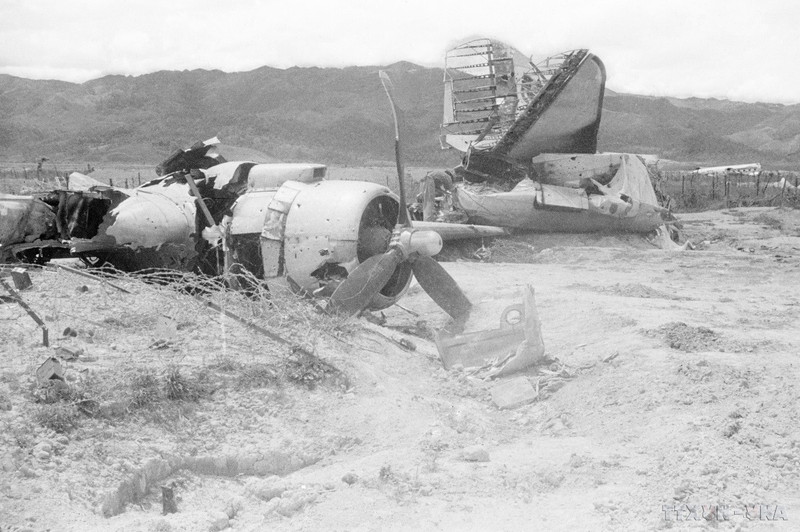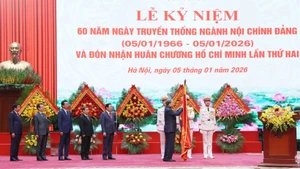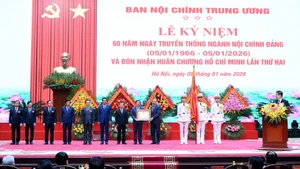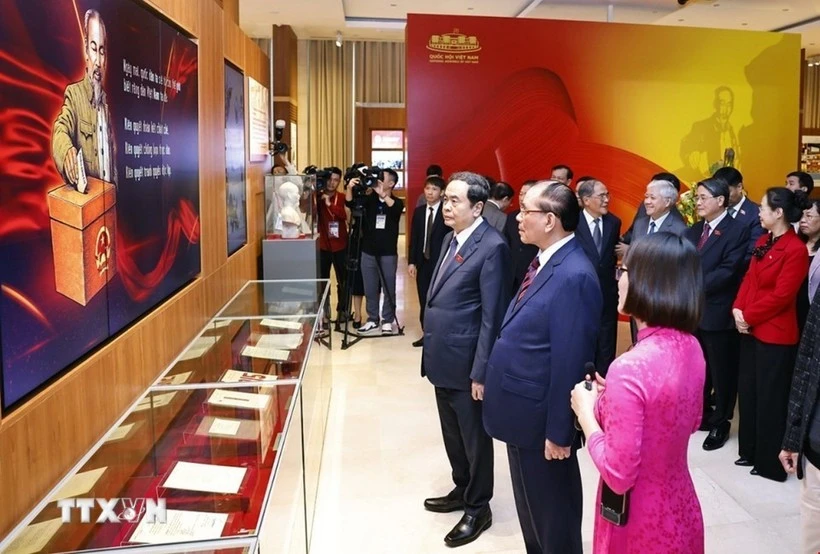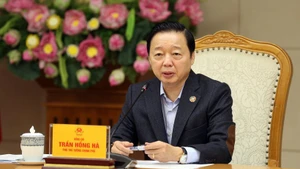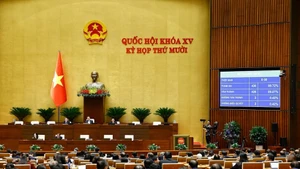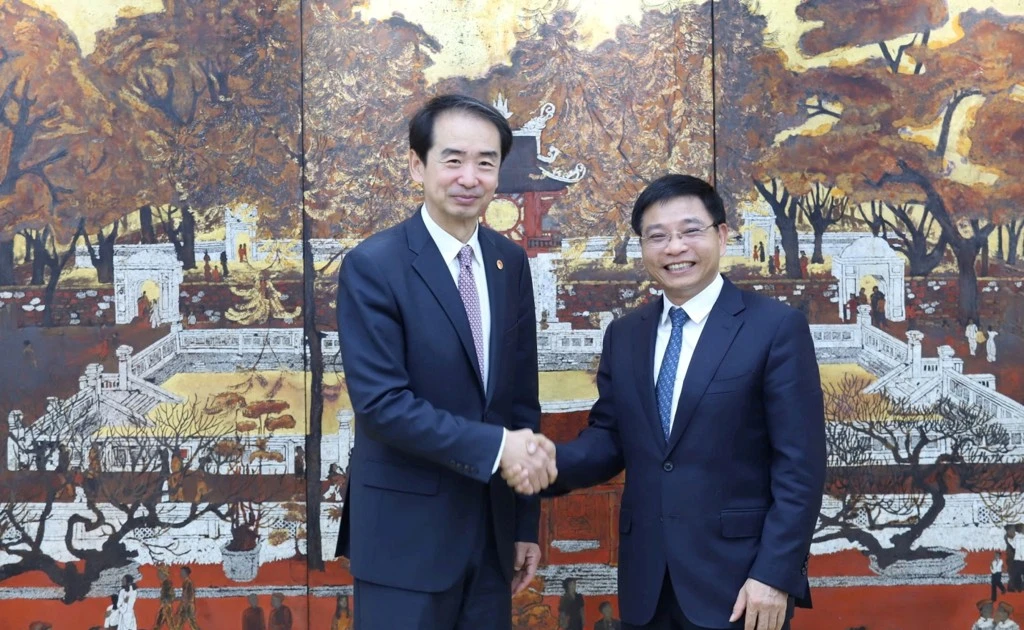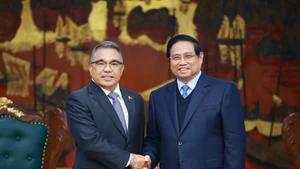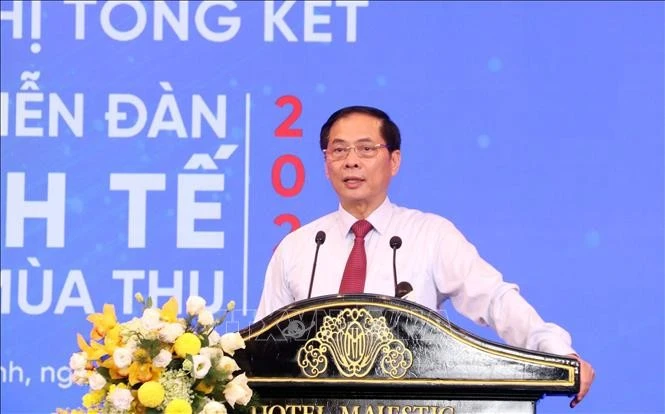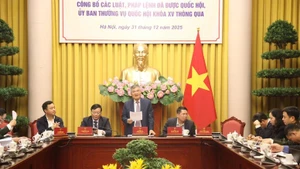At 11:40 AM the same day, Vietnamese soldiers shot down the 50th French aircraft at Dien Bien Phu. It was a 4-engine B.24 (Privateer) bomber with a crew of 9 people.
It was the first of its kind to be shot down on the Vietnam battlefield.
The unreleased bombs in the aeroplane’s compartment provided a source of explosives for Vietnamese soldiers to plant in the A1 tunnel in early May.
At 3 PM the same day, a B-26 bomber dropped bombs on the French army’s stationing positions at Epervie Base, right near de Castries’ Command Post, blowing up an ammunition depot and killing many soldiers.
The reason was that Vietnam’s anti-aircraft fire network tightly controlled the sky over Dien Bien Phu, causing difficulties for French pilots.
In addition, our army’s trenches approached the enemy more closely, making it difficult for French pilots to rain down bombs and provide supplies.
To avoid Vietnamese troops' anti-aircraft fire, the French colonialists turned to parachute supplies of food and ammunition at night. The base camp even received more than 200 tonnes of supplies a night.
By doing it this way, the food storage of the fortification was improved slightly while the transport aircraft’s operation was also safer.
However, they had to collect parachutes in the daytime. In addition, the enemy still encountered new difficulties because the Vietnamese Campaign Command continued to direct its military units to capture parachutes, thus blocking the enemy's supply routes and promptly consolidating our force.
Following the direction, all Vietnamese regiments set out plans to capture the enemy's parachutes with great excitement.
Also on April 12, 1954, the General Military Commission issued Directive No. 26-TQU/H and sent it to the Regional Party Committees, Political Commissars of the Inter-Regional Commands and Party Committees of the units on disseminating the Government's policies encouraging quislings to leave the enemy army and returned to serve the Fatherland.
